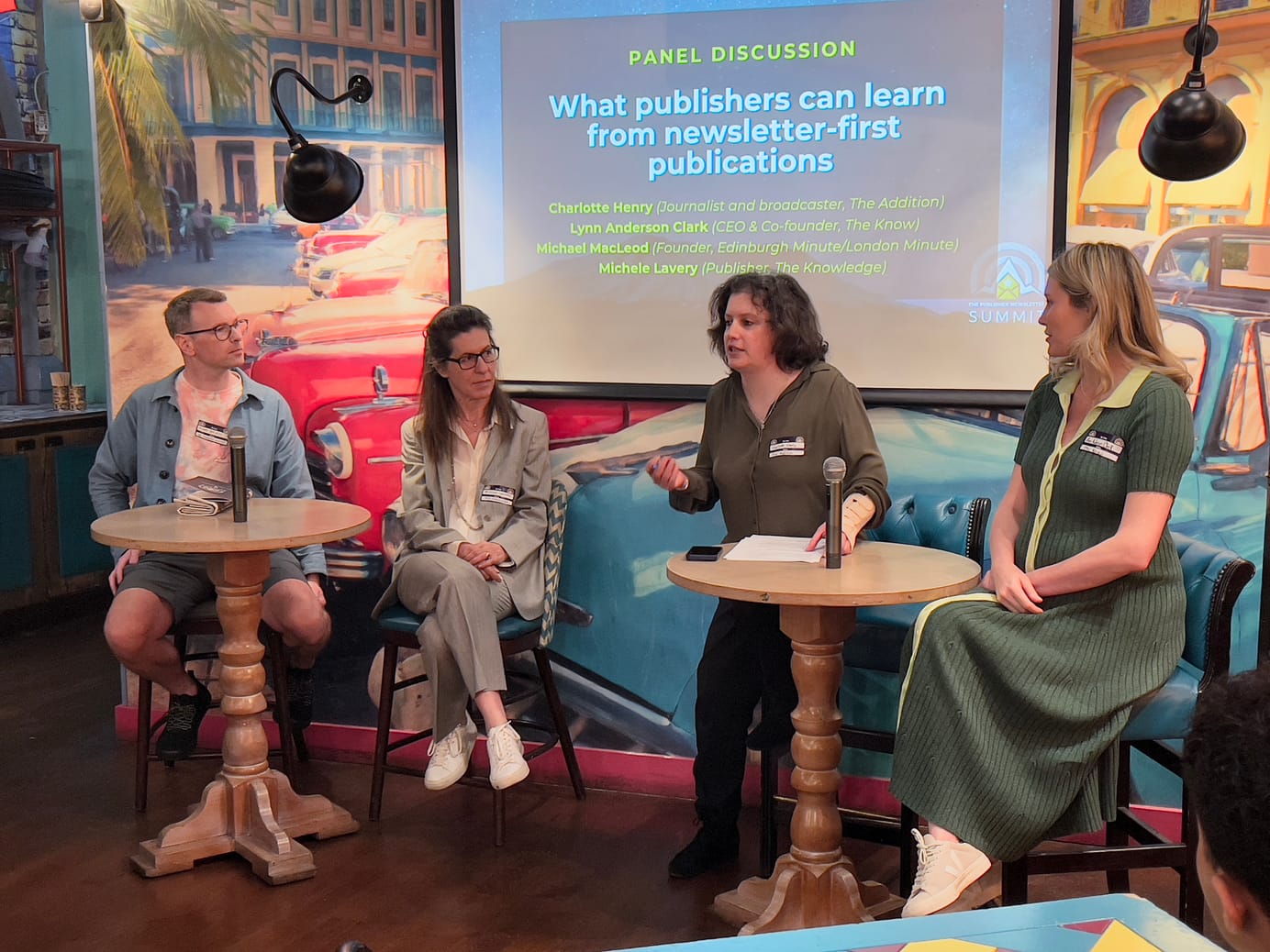Liveblogging versus second stage shovelware
Liveblogging is one of my favourite journalistic forms to have emerged in the last few years. I’m a huge practitioner of it myself, and take every opportunity to indulge myself in it that I can. So, this post by Martin Belam caught my eye this morning. He was responding to a post by John of The Louse and The Flea, who was criticising The Guardian’sliveblogging of the Christchurch earthquake.
Martin’s response was to point out that The Guardian did other, more traditional, reporting of the story. But I’d just like to take a moment to defend the practice of liveblogging itself, something many of the commenters on the original post are clearly not sold on.
Most journalists think in a goal-driven way. It is the finished product that matters; the 350-word inverted pyramid that captures the essence of the story; the 3,000 words, 3 DPS feature on a certain topic. That, though, is a product of the historic fact that a magazine or newspaper was finished. The page was set, the presses rolled, the story concluded. Sure, you could follow it up in the next issue, but the original story was done.
The internet does not possess this quality. Nothing on the internet has to be finished. It’s a simple matter (or should be, at least) to re-edit a story and republish it. Indeed, there’s initial evidence that the courts are aware of this and if you fail to update certain material to acknowledge changes in circumstance, you create a legal issue for yourself. Websites never go to press. The medium is a different one, and allows different forms of journalism.
Liveblogging is one of those. It is one that’s born from the ability to continually update and change a post as events develop. It is just one form of journalism that is derived from the characteristics of the web, rather than the characteristics of print. To try and restrict internet publishing to the characteristics of print will look as foolish to future generations as the early days of TV did, with their tendency to just point cameras at theatre-style productions.
In essence, some people are still locked in what I might call second-stage shovelware. First stage shovelware was just taking what we produced for print, and shoving it online. There aren’t many people left, thankfully, who think that’s a viable idea.
The second stage of shovelware is where you’ve accepted that internet is a viable medium of first publication, but you’re still using nothing but print formats. And I’d argue that this criticism of The Guardian liveblog is rooted in that.
The basic flaw in the original post, as I see it, is that the author misunderstood the context of a liveblog:
For instance, as I write, the first entry is a report from Tony Manhire in Auckland (nearly 500 miles from the centre of action), that starts: Contrary to early reports of an evacuation, Christchurch hospital remained open, and was operating at full capacity, despite suffering minor structural damage. What earlier report? Where is it?
Further down the page, of course. Reverse chronological ordering is one of the defining characteristics of web publishing: new at the top, older at the bottom. You find it on blogs, on Twitter, on Facebook. It’s part of the established vocabulary of web publishing.
But the misunderstanding is deeper than that, I think. The liveblog isn’t meant to be read when it’s finished. It’s meant to be read while it’s happening. In a sense, the finished product is less relevant than the work in process. It is a product of the process-driven mindset, of people whose joy is in bring news to people as it happens, as much as in creating a finished product after the fact. It is, as the very name suggests, a live thing.
I think it’s interesting – and somewhat revealing – that the original The Louse and The Flea post didn’t link to the liveblog it was criticising. In fact, the only links in the post are those that came along with sections he was quoting from the liveblog. That’s print thinking, not web thinking, where linking is the most basic of core skills.
Shoving square print thinking into a round web-shaped hole is never going to end well.
UPDATE: I’ve just noticed that Kevin Anderson has also blogged a long response to the post, arguing that there is a valid point in the suggestion that real-time content needs context.
Sign up for e-mail updates
Join the newsletter to receive the latest posts in your inbox.










